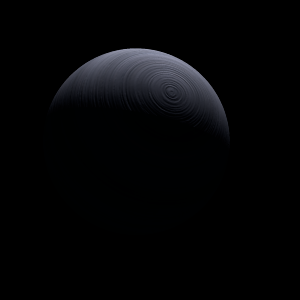|
|
Space Astro
|
Info for exoplanet "Qigipas-a"
| Scientific (actual) data |
|---|
| Name | BD-08 2823 c |
| Planet status | Confirmed |
| Mass sini | 0.33 |
| Orbital period | 237.6 |
| Semi major axis | 0.68 |
| Orbit eccentricity | 0.19 |
| Angular distance | 0.016114 |
| Discovered | 2009 |
| Updated | 2019-06-13 |
| Omega | 127 |
| Tperi | 2454190 |
| Publication | Published in a refereed paper |
| Detection type | Radial Velocity |
| Star name | BD-08 2823 |
| Right ascension | 150.2° |
| Declination | -9.52° |
| Mag v | 9.86 |
| Star distance | 42.2 |
| Star metallicity | -0.07 |
| Star mass | 0.74 |
| Star sp type | K3V |
| Star age | 4.5 |
| Star temperature | 4746 |
| Wikipedia article | BD-08 2823 c |
Back
| |
| Fictional info (?) |
|---|
| Suggested name | Qigipas-a |
| Planet type | Cold planet |
|
| Atmosphere | Formaldehyde | 70% |
| Ethane | 22% |
| Nitrogen | 5.1% |
| Methane | 1.8% |
| Hydrogen peroxide | 0.02% |
| Neon | 0.019% |
| Atmospheric pressure | 70 bar |
 |
| No known satellites |
| Google search for Qigipas-a |
|
Website by Joachim Michaelis
|
|
|
|